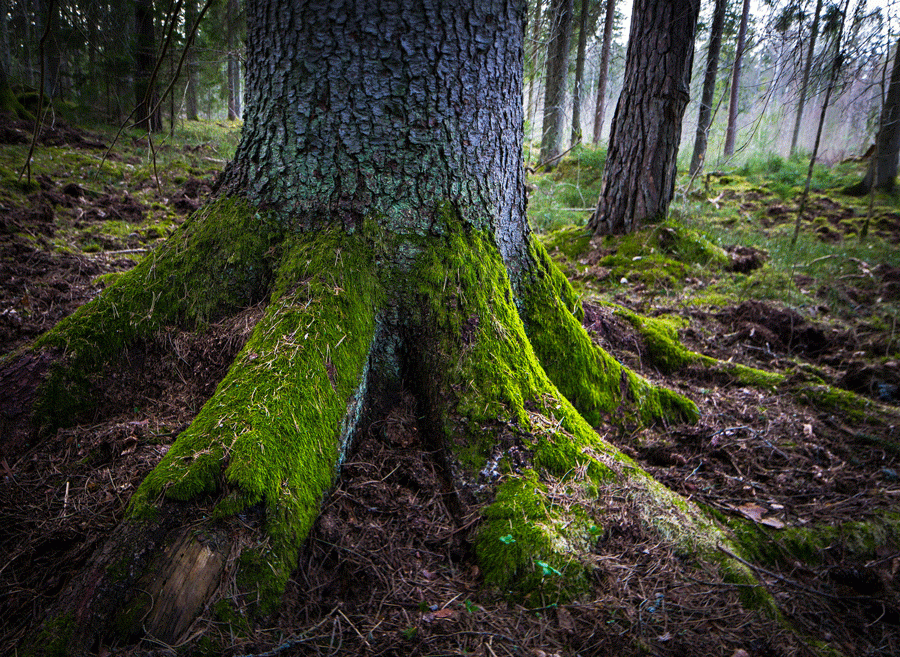Save The Trees?
February 8, 2017
A massive, thousand-year-old sequoia tree, iconic to California, toppled during a storm on Jan. 7. The tree fell due to flooding caused by the rainstorm, which occurred throughout the weekend.
In the 1880s, the tree was partially hollowed out so tourists and cars could pass through it. Because of this, the tree was named “The Pioneer Cabin Tree.” It was a popular stop on the “Big Trees Trail,” said Jim Allday, a volunteer at Calaveras Big Trees State Park in California.
The tree’s historic height contributed to its fall during the storm, according to an article from People Magazine. When the tree fell at 2 p.m., it “shattered” when it hit the ground, according to Allday. He also added that people and cars had been passing through the tree the same day it fell.
This brings up issues on climate change and how weather is affecting these trees. According to the website of the U.S. Environmental Protection Agency, climate influences the structure and function of the forest’s ecosystems and plays an important role in forest health. Climate change can affect growth by causing changes in temperature, rainfall, weather and elevated levels of carbon dioxide. It also threatens many forests with pest outbreaks, fires, human development and drought.
While many trees are resilient to some degree of drought, increases in temperature may cause future droughts to be more damaging. Warm temperatures generally increase the length of the growing season, which alters the timing of snowmelt, affecting water availability for the trees, the EPA maintains.
“Climate change can be good and bad for trees,” says SFHS environmental science teacher Ms. Seth. “The warmer temperatures generally increase the length of growing season for trees, and other trees are at risk because they can’t move to higher altitudes.”
Drought can also lead to wildfires and can reduce a tree’s ability to produce sap, which protects from insects such as bark beetles. Droughts and shorter winters have spurred bark beetles to kill as many as 100,000 trees a day, likely the largest forest insect outbreak ever recorded.
According to New Mexico Energy, Minerals, and Natural Resources Department, in 2012 drought conditions helped bark beetle populations to significantly increase. The region-wide drought weakened trees’ ability to resist these insects; thousands of acres of New Mexico’s forests have been impacted by bark beetles.
If drought conditions continue, beetle populations and tree stress will most likely increase. The bark beetles are native, which means they’re present year-round, usually at low population levels.
This issue is important because 740 million acres, about one-third of U.S. land, is covered with forests. Bark beetles have already chomped 46 million acres of forested land from the Yukon down to the Rocky Mountains and all the way down to Mexico.
So was it, the bark beetles, climate change, or natural disaster that killed the beautiful iconic tree?


